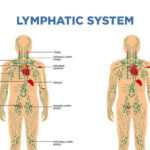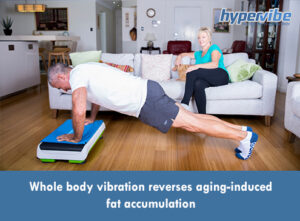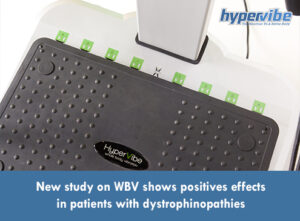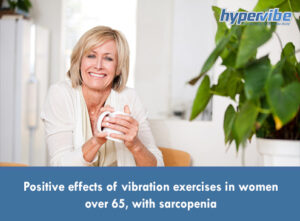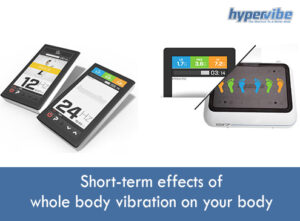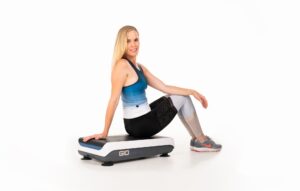Two new studies on the effects of WBV in postmenopausal women
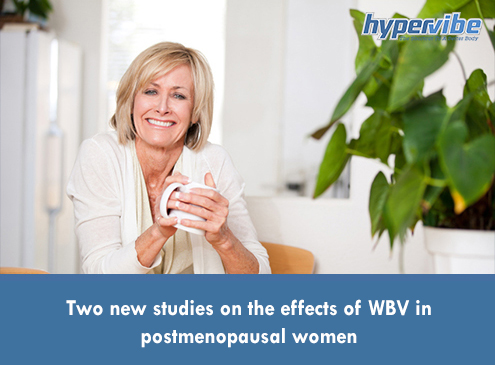
Menopause is a normal part of aging and marks the end of the reproductive years for a woman. Usually it starts in the late 40s, early 50s, and after this period, the woman enters postmenopause.
The levels of estrogen drop significantly starting with menopause, and continue to decrease, but the symptoms typically experienced during menopause disappear. Hot flashes, night sweats, urinary urgency, sleep problems, mood swings, skin dryness, breast tenderness, irregular periods, headaches and racing heart, joint and muscle pain, hair thinning or loss and weight changes are specific for menopause.
These symptoms decrease in intensity as the woman approaches postmenopause, but they cause a series of changes inside the body that make one more prone to conditions like osteoporosis, coronary artery disease or urinary incontinence. Due to the changes in energy levels, mood swings and muscle and bone loss, one may become less active during menopause, and may tend to maintain a rather sedentary lifestyle during postmenopause as well.
However, a healthier approach is to adopt an exercise program that is not too demanding, but has the potential to counter some of the unpleasant health effects of postmenopause. Whole body vibration seems to be a good choice for women during and after menopause, as it’s less time- and energy-consuming than conventional exercise, and can provide health benefits similar to those experienced with classical strength and cardio training.
Lower body fat percentage and stronger bones and muscles with WBV
A first study was published in the Journal of Aging and Physical Activity, the purpose of this research paper being to investigate the effects of whole body vibration exercises on the heart rate and body fat percentage of obese postmenopausal women.
27 participants were involved in this study, and were assigned to either a whole body vibration training group or a control, non-exercise group. They all performed the recommended exercises for 6 weeks, and their body composition and heart rate variability were measured at the beginning and after 6 weeks of training. All participants were obese, of postmenopausal age.
The study found significant improvements in both heart rate variability and body fat percentage in the WBV group, and concluded that since these people are at increased risk of cardiovascular disease, they could benefit from vibration training as their main exercise solution.
A second study was published in the PLoS One journal by UK researchers, and investigated the effects of whole body vibration on bone mineral density in postmenopausal women. The review included 9 studies, with a total of 527 participants who performed different WBV routines, at varying amplitudes and frequencies.
Whole body vibration was shown to lead to significant improvements in bone mineral density especially in the hip and spine areas, when compared to the control, no-exercise groups. In the reviewed papers, the side-alternating (pivotal) whole body vibration machines were more effective in improving the measured parameters than lineal WBV platforms, and those who exercised at G-forces of 3Gs and higher, and frequencies lower than 25Hz, obtained greater improvements.
The conclusion of this review study was that vibration machine exercises in postmenopausal women have the potential to reduce the decline in bone mass density, but the outcomes depend on the vibration parameters (amplitude, frequency) and on the subject’s posture.
Have something to add to this article? Comment below or join our Facebook community and share your thoughts with us.





